 On September 16th, a fireball crossed the skies of Seville and Badajoz provinces at Southwest Spain.
On September 16th, a fireball crossed the skies of Seville and Badajoz provinces at Southwest Spain.
This fireball could be registered with the detectors of the SMART Project operated at La Sagra (Granada), Sierran Nevada (Granada), La Hita (Toledo) and Seville observatories.
The object could be also registered with the Calar Alto Observatory (Almería) west surveillance webcam.
Following the preliminary analysis carried out by Professor José María Madiedo (University of Huelva), PI of the SMART Project, the fireball was caused by a detached rock from an asteroid which impacted against our atmosphere at a speed of about 61.000 km/h.
The luminous phenomena started at an altitude of 84 km above the ground on the north part of Seville province, moving then northwestward, entering into the Badajoz province and finishing on the skies of this province at an altitude of 42 km above the ground.
The right figure shows the path this object followed above the ground.
Below is the video that could be registered with the Calar Alto Observatory surveillance webcam located in Almería province, more than 300 km far away from the event.
Calar Alto (CAHA) fireball detection station, together with the one at the Observatory of Sierra Nevada (IAA-CSIC) and others placed at different locations in Spain, are part of the S.M.A.R.T. project led by Professor José María Madiedo (University of Huelva) to track that kind of objects. Specifically, Calar Alto (CAHA) station and the one at Sierra Nevada (IAA-CSIC) constitute a collaboration agreement between Professor Madiedo and both institutions.
 English (UK)
English (UK)
